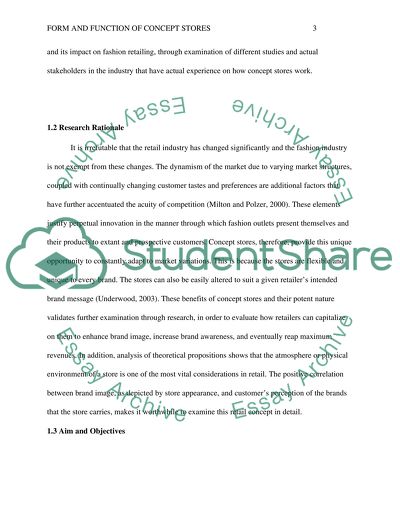Cite this document
(“The form and function of Concept Store Essay Example | Topics and Well Written Essays - 4750 words”, n.d.)
The form and function of Concept Store Essay Example | Topics and Well Written Essays - 4750 words. Retrieved from https://studentshare.org/marketing/1648867-the-form-and-function-of-concept-store
The form and function of Concept Store Essay Example | Topics and Well Written Essays - 4750 words. Retrieved from https://studentshare.org/marketing/1648867-the-form-and-function-of-concept-store
(The Form and Function of Concept Store Essay Example | Topics and Well Written Essays - 4750 Words)
The Form and Function of Concept Store Essay Example | Topics and Well Written Essays - 4750 Words. https://studentshare.org/marketing/1648867-the-form-and-function-of-concept-store.
The Form and Function of Concept Store Essay Example | Topics and Well Written Essays - 4750 Words. https://studentshare.org/marketing/1648867-the-form-and-function-of-concept-store.
“The Form and Function of Concept Store Essay Example | Topics and Well Written Essays - 4750 Words”, n.d. https://studentshare.org/marketing/1648867-the-form-and-function-of-concept-store.


